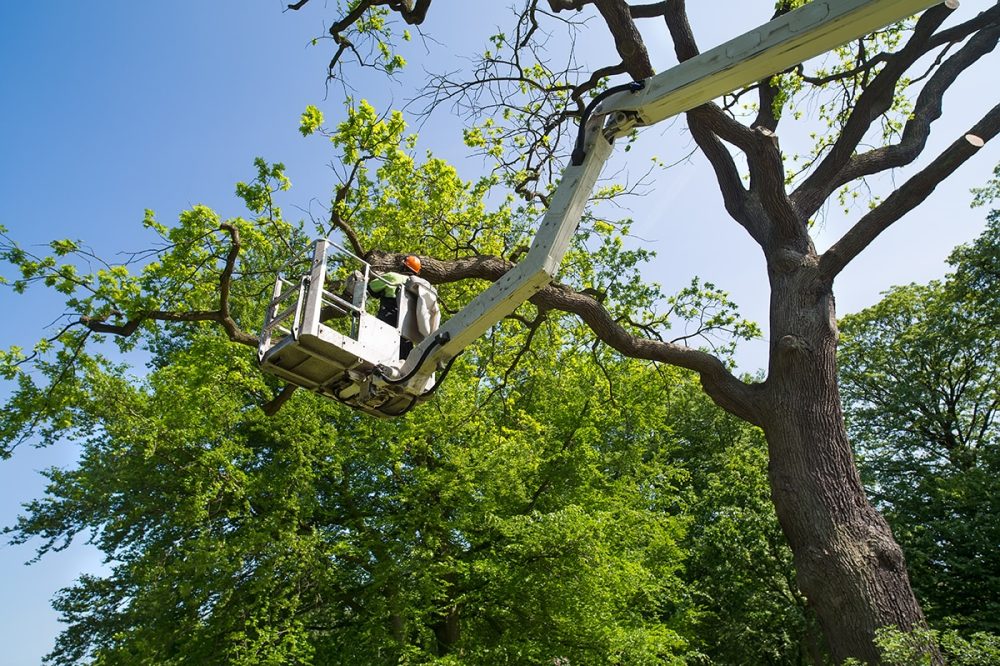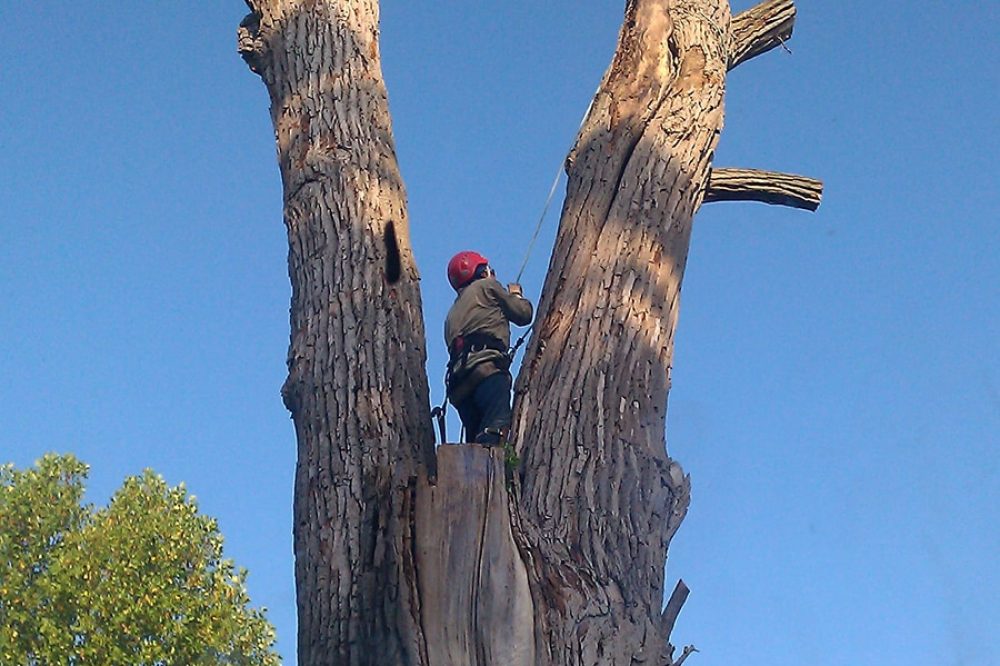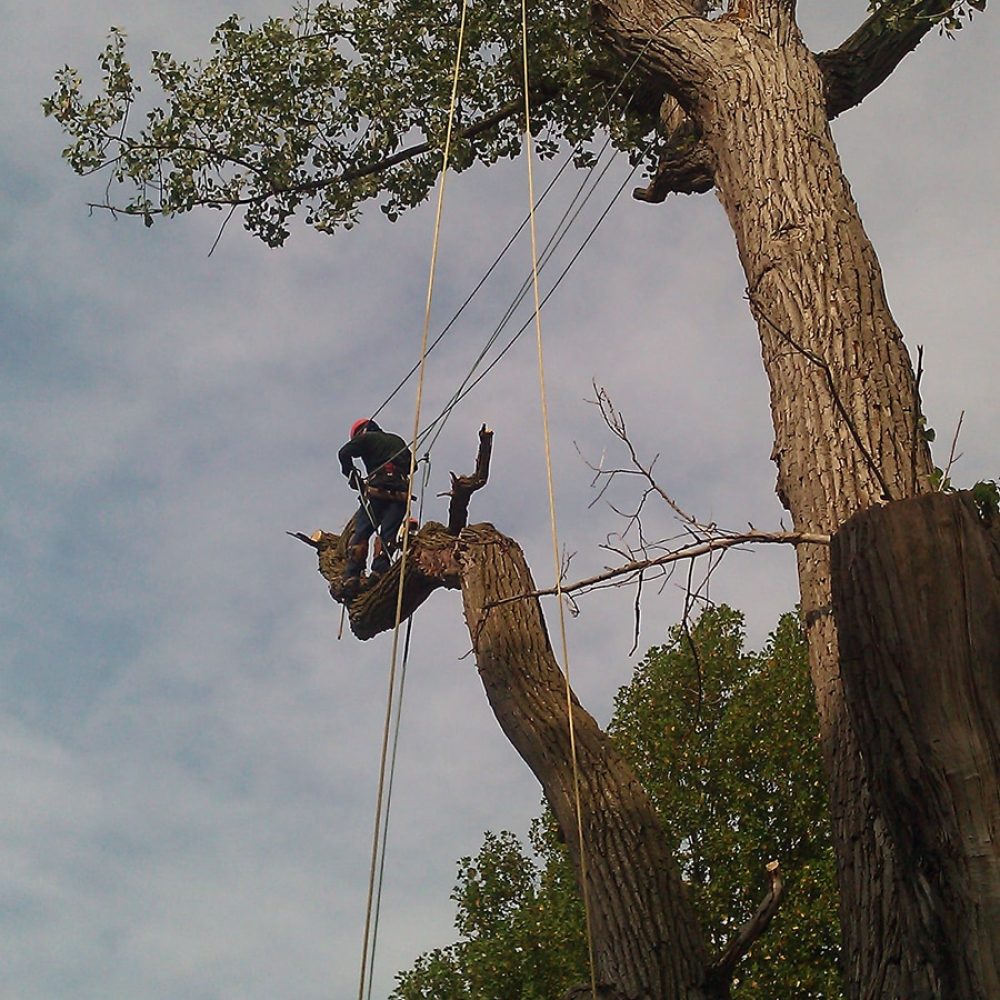Trees native to most of North America are made to withstand cold weather, and there are trees that can’t flourish in places where the weather is warm year-round. Still, winter in Missouri can be surprisingly bitter, and cold winters are hard even for living things that have evolved to cope with them. This is true for trees, which not only need to deal with the cold and dry air of winter but also with hungry varmints and careless humans who salt the area around the roots to melt snow and ice. Here are six problems a tree may have to face in winter.
1. A Sunscalded Trunk
Sunscald is a type of canker, which is a dead area on the trunk of the tree. It happens when frozen bark on the trunk is exposed to warming sunlight during the day. The bark thaws but then refreezes at night when temperatures drop.
2. Frost Cracking on the Trunk
Oak trees are the most susceptible to this type of winter damage. Like sunscald, it happens due to wide shifts between the day and night temperatures. Cracks develop because the outer bark contracts at a faster rate than the cambium.
3. Branches That Are Dead or Broken
The weight of snow and especially ice can break branches. This can be a nuisance or a real hazard. If it’s the latter, call in an arborist who can take the branches down safely.
4. Winter Burn for Evergreens
Winter burn is a problem for evergreen trees, especially those in the southern or southwestern part of a property. This is when the foliage, whether broad or needle-like, browns or bleaches. Winter burn and bleaching happen due to a mechanism that works very much like sunscald. The tissue of the leaves “wakes up” during a warm and sunny winter day but then freezes at night. Frozen ground or winter winds also make it difficult for trees to take up water, especially if their roots are shallow. This also causes leaves or needles to burn.
5. Frost Heaving
This problem occurs when the ground freezes, then thaws, then freezes again, over and over. This can literally heave young trees with shallow roots out of the ground.
6. Careless Salt Spreading
Salt can poison the soil, which in turn hurts trees. Salt not only affects the roots but can also travel up the trunk to the branches and the buds.
7. Animals That Eat the Bark
Because their usual food is scarce during the winter, animals such as rabbits and deer may resort to eating the bark of your trees, which might kill them. Deer can also reach high enough to eat tree branches and stems.
Call Our Arborists to Help With Your Winter Tree Problems
Don’t forget to regularly check your trees in the winter for signs of the above-mentioned problems. Get in touch with our tree experts if there’s a problem that you can’t remedy yourself. To save your trees from winter’s ravages with emergency tree service, don’t hesitate call our professional arborists at Double A Tree Service of St. Louis, MO.






